The growth of DeFi has brought NFTs into mainstream focus, and the growth of NFTs has also brought several problems into sharp focus. Ethereum has a monopoly over this sector, with many NFTs created on the Ethereum blockchain. So what is the problem with creating NFTs on one of the most popular platforms in the world? The issue of high gas fees. Ethereum has a big problem when it comes to fees which can potentially cross hundreds of Dollars, which makes it very impractical.
So what are the options when it comes to NFTs and NFT projects? What other choices do they have? The NEAR Protocol has several important projects on its platform and is often touted as the Ethereum killer. The NEAR Protocol is a scalable blockchain that simplifies and accelerates the development of dApps. At the moment, there are 19 decentralized platforms and NEAR NFT Marketplaces to mint and trade NFTs on the NEAR blockchain. The NEAR Protocol has a significant advantage over Ethereum, as it is significantly faster than Ethereum, and transactions cost next to nothing, making it an ideal platform for trading in NFTs
NEAR Protocol And NFTs
The NEAR Protocol is the perfect platform for NFTs as it has many advantages over Ethereum. The protocol is significantly faster than Ethereum. Ethereum also has substantially higher gas fees, while NEAR allows transactions to be processed for a negligible fee. These factors make NEAR ideal for buying and selling NFTs.
As mentioned earlier, there are already several NFT projects that have been created on the NEAR blockchain. However, before taking a look at the projects, let us briefly understand the concept of NFTs.
The Meaning Of Non-Fungible
A fungible asset is an asset that can be exchanged for another identical asset. Bitcoin is an excellent example of a fungible asset, which means you can exchange one bitcoin for another bitcoin without any problems. Non-fungible assets, on the other hand, are unique assets that cannot be traded. An example of a non-fungible asset can be a unique painting or limited edition collectibles.
A non-fungible asset has a distinct property or properties that set it apart from other assets. Non-fungible tokens are based on non-fungible assets and are unique digital assets that use blockchain technology.
What Is An NFT?
NFTs are unique digital assets that have their identifying information recorded on a smart contract. The information on the smart contract is what makes an NFT unique. Fungible assets like Bitcoin can be exchanged, meaning you can send or receive bitcoin without any hitches. Fungible assets are also divisible, allowing you to send smaller amounts. Non-fungible assets are not divisible. For example, you can’t send someone a part of a painting or a ticket.
NFTs are digital certificates of ownership for digital assets. An NFT is a smart contract that is utilized for securing a digital asset. Once written, it is published into a token (ERC-721) on the blockchain. Anything can be turned into an NFT, with the most popular being videos, GIFs, or JPEGs.
Which of the following is an NFT?
NFT Projects on NEAR Protocol
Currently, there are several NFT platforms on NEAR so let us look at some of the more popular projects on the platform.
Mintbase
Mintbase started in 2018 and was created by Nate Geier and Calorine Wend. Nate Geier is the company’s CEO, while Caroline is the COO, utilizing her management and business development expertise. Mintbase managed to raise $1 million from a seed funding round in 2020. Sino Global led the round and also consisted of other VCs such as Block Oracle Capital, D1 Ventures, and other angel investors.

The Mintbase platform allows users to create and sell NEAR NFTs. Users can mint different digital assets as NFTs. These assets could range from event tickets to crypto art and everything in between.
Mintbase allows pretty much anyone with access to the internet to make an NFT and make it available for sale in their NEAR NFR marketplace or on NFT marketplaces like OpenSea. Minters can create a smart contract and limit the transferability of the tokens minted, helping prevent fraud or the illegal transfer of unique items. Mintbase is focused on creating an NFT creation experience that is unique, which is why, as mentioned earlier, it supports different digital assets. This is contrary to competing platforms that focus on one specific NFT category.
Why Did Mintbase Switch To NEAR?
So why the switch from Ethereum to NEAR? The answer is Gas fees. Ethereum Gas fees had started to become ridiculously expensive. To mint NFTs on Mintbase, a user needs to create a digital store. This involves the user creating a smart contract and pay Ethereum a Gas fee. Initially, the fee was low, and users were able to deploy the store quickly. However, with increasing congestion on the Ethereum network, the fees started to get higher and higher, with store creation costing hundreds of dollars. The cost became so high that Mintbase had to tell its users to wait for Gas prices to drop before deploying a store. Ethereum quickly became untenable to buy, sell or create NFTs.
Mintbase saw NEAR as a better platform compared to Ethereum, with significantly lower Gas fees thanks to a more efficient contract execution model. It also uses Nightshade, a dynamic approach to Sharding. However, there are several other reasons why Mintbase switched to NEAR.
- The use of Rust or AssemblyScript for smart contracts on the NEAR platform makes it easy for developers to write code
- NEAR features human-readable addresses for both contracts and accounts
- Developers can onboard users quickly, thanks to NEAR Drops. They can pay for their NEAR accounts and send NEAR tokens
- Developers and users can move assets quickly thanks to the ETH-NEAR Rainbow bridge
- Other DeFi platforms such as Aave and Balancer are also on NEAR, which will make any future integration easy.
Why did Mintbase switch to NEAR?
Paras
Paras was created with a vision of providing the solution to aging traditional collectible cards. The platform validates ownership through the blockchain through fast and inexpensive transactions. The platform focuses on creating crypto-native collections which can be further diversified into more prominent mediums.
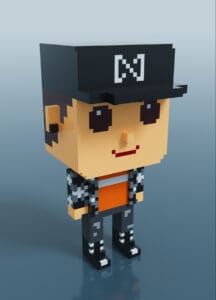
Paras is an all-in-one digital art card marketplace built on NEAR. The platform can validate ownership and give access to every purchase and mint to users. It offers quick and cheap transactions, and it differentiates itself from other marketplaces by offering collections instead of single releases. The platform differentiates itself in the following way.
- Paras reduces the maintenance burden on collectors by ensuring that their collectibles do not wear out over time. The platform removes barriers and gives artists and collectors easy access to the digital collectibles market. Thanks to the NEAR Protocol, Paras can reduce the costs incurred by artists to sell their cards
- Paras is developing the Digital Art Card vertical for future artists, gamers, and creatives and enabling artists to create a collection that links to a theme or lore. Through this method, Digital art cards in Paras are rich with stories and backgrounds.
Paras is able to take a curated approach and create an NFT community and experience. Paras ensures consistency and quality by selecting artists and formats. Artists can create new cards on Paras only after being approved, and the number of new artists approved is limited to 30 artists per week. Artists are also required to conform to the standard 64:89 aspect ratio.
What is Paras?
Since the platform’s launch, artists on Paras have already made more than $25,000, with the platform able to facilitate a trading volume of more than $35,000 from more than 700+ transactions. The platform has more than 80 active collectors and over 70 artists. The low minting fee keeps the entry barrier for digital artists pretty low, and artists can mint cards without worrying about the minting cost.
Why Is NEAR A Great Fit For Paras?
Because demand for space on Ethereum is driving up costs on the platform, newer NFT creators are looking for alternatives and solutions. NEAR is working with Ethereum on an interoperable solution. Transactions on NEAR cost only a few cents, and sometimes even less. The NEAR wallet is highly efficient, and transactions are completed almost instantly. The Rainbow bridge ensures that NEAR will be interoperable with assets based on Ethereum.
(L)Earner NFT
Learn NEAR Club is also issuing our own generated PFP NEAR NFTs – (L)Earner.
(L)Earner NFT collection is a collab between LNC community and one of the best award winning graphic designers in Europe.
Art concept is based on dynamic human intelligence diversity powered by uniqueness of every learner.
Nerve endings are similar in all people but are unique in each. The concept of this collection is built on the connections of impulses that occur during the process when we learn. It is part of the map of our experience of getting any information. From learning a new word to learning a new skill these nerve impulses are generated by a machine in an attempt to study the human experience.
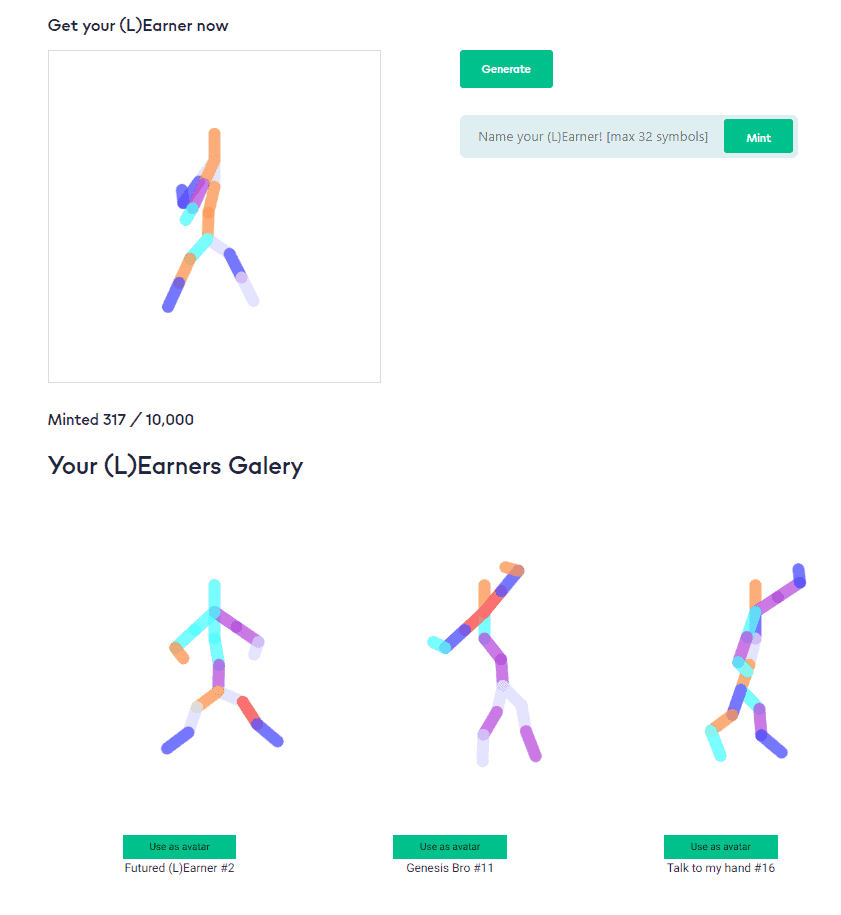
Every NFT minter is invited to creatively participate in this project:
- Generate, pick posture and colors of the graphic character crafted by design genius
- Give name to your creature
- Curate your personal unique collection.
The cost of minting is set to 2 $NEAR for the first 250 mints so it is supposed to be affordable for every Learn NEAR Club member.
Minting cost is gradually increasing with every mint and will reach 10 $NEAR for (L)Earner #10,000 mint.
First 10 (L)Earners squared
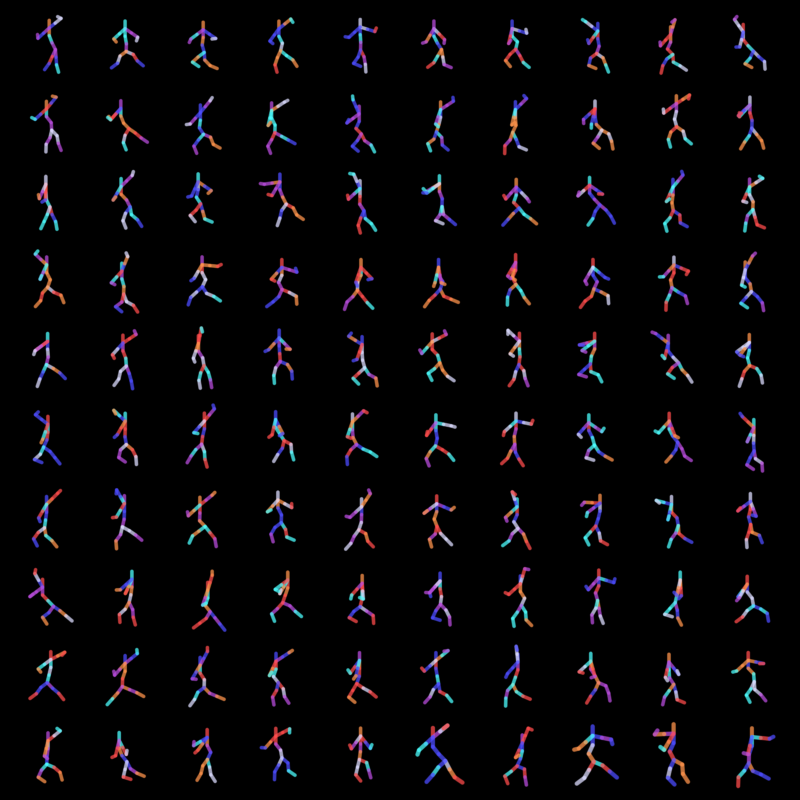
(L)Earner NFT holders also get benefits at Learn NEAR Club:
- Priority 2 hours earlier access to Redeem to NEAR window
- Mint Proof of (L)Earn NFT
- more to come.
NameSky
NameSky is an NFT project on the NEAR blockchain. It’s built with utilities to make buy & sell NEAR accounts easy and secure as NFTs.
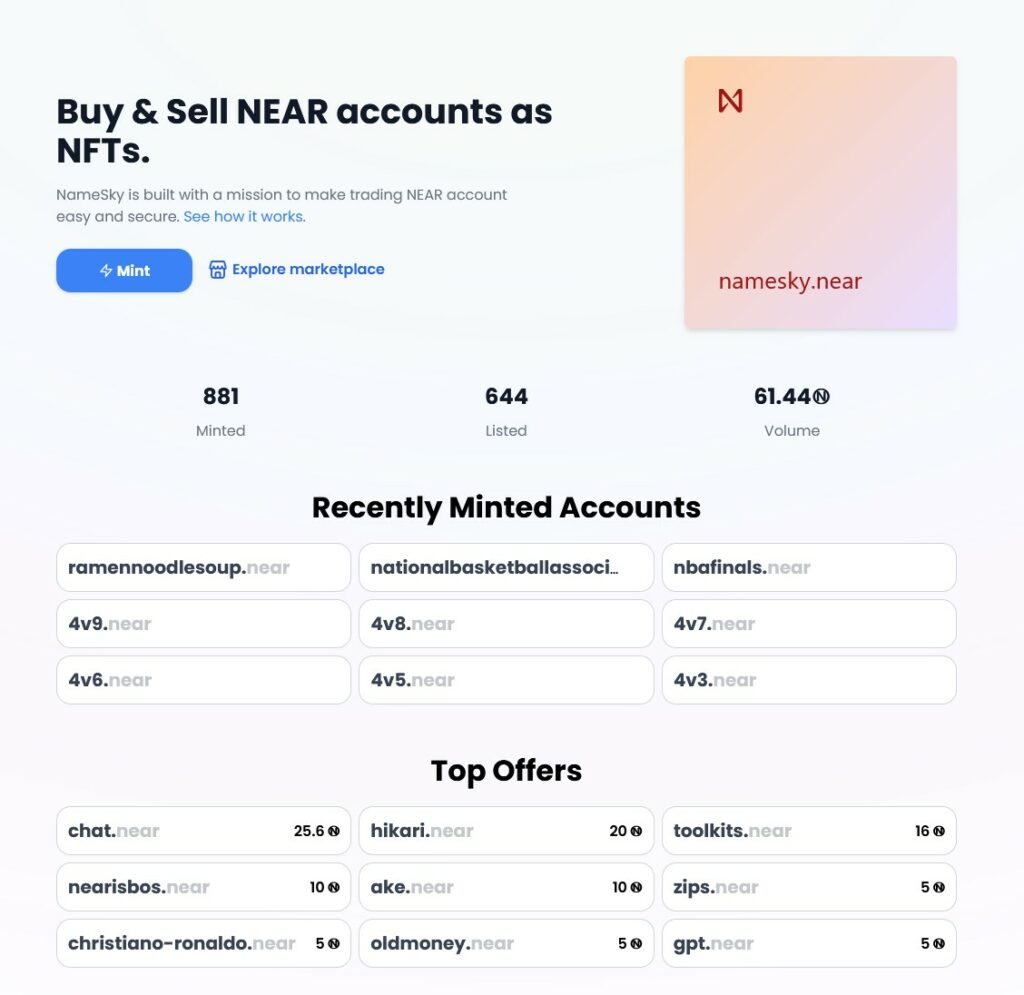
Every NFT represents the ownership of the attached NEAR account, i.e. buying an NFT with account id alice.near means buying the alice.near NEAR account.
How to turn a NEAR account into an NFT?
Upon minting an NFT, a lock contract will be deployed to the attached NEAR account and all access keys will be removed from that attached NEAR account. Thus, only the owner of the NFT can access the NEAR account through the lock contract.
How to turn an NFT back into a NEAR account?
The owner of NameSky NFT can take back the attached NEAR account from this website.
Only the NFT owner is able to bind a new access key to the attached NEAR account through the lock contract which is deployed during minting process. The NFT will be burned after binding a new access key is done.
The recovery phase is generated locally from owner’s device and only be visible to the owner. Thus the owner and ony the owner can take back control of the attached NEAR account.
NPunks
After the tremendous success of Cryptopunks, Solpunks, and Tpunks, NEAR will finally have its own version of the project, called Npunks. As with the original Punks project, there will be 10,000 unique NPunks with their own rarity traits. The collection will have 9 aliens, 24 apes, 88 zombies, and 111 bots.
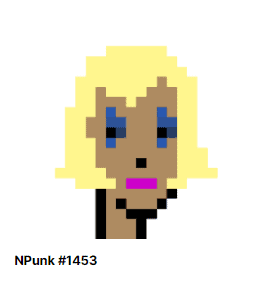
To avoid hoarding and ensure fair participation, everyone has the chance to buy one (or more Npunks). The purchases are made randomly and the identity is kept a mystery until the transaction is deemed complete. Users are free to sell their Npunk in the secondary market post-mint.
NEAR Misfits
NEAR Misfists are NEAR’s first cryptographically complete NFT collection. The MIsfits consists of 1,600 Normie, 150 Zombies, 101 Skellies, 50 Meerkats, and 22 Glitch Misfits.
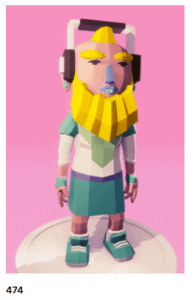
Back in November 2021, 1,923 Misfit NFTs were sold out in under 36 hours. As of now, you can buy these NFTs on NEAR NFT marketplaces like Paras and Mintbase.
NEARNauts
NEARNauts is a community-driven, randomly generated NFT that aims to grow an organic and loyal community around the project. A pool of rare traits ensures verifiable uniqueness. This Verifiable Random Function (VRF) includes three algorithms – generated, proof, and verification.
- Generated: This produces two pairs of keys – a secret key (SK) and a public key (pk).
- Proof: Takes the SK and message (x) to provide a random output (y) and a proof.
- Verification: The verification algorithm takes pk, x, and y and uses the proof to verify the validity of the output.
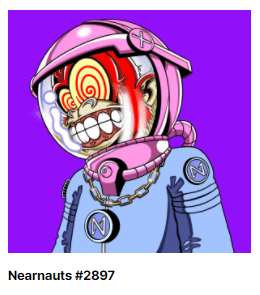
The NEARNauts Community DAO will go live in Q1, 2022.
Conclusion
NEAR is making building and deploying dApps easier, faster, and cheaper than any other blockchain protocol and is one of the most promising projects in the crypto space. It addresses several issues faced by projects on Ethereum, such as high gas fees and slow processing speeds. It also has several advantages over the Ethereum blockchain thanks to its sharded solution.
The NEAR Protocol has shown significant promise, utilizing Sharding to solve issues faced by other blockchains. Thanks to this approach, NEAR is able to increase throughput without compromising on security. The NEAR Collective ensures that engineers and developers are constantly working on the protocol.
Updated: July 21, 2023




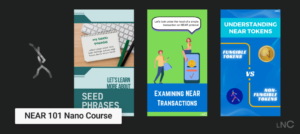
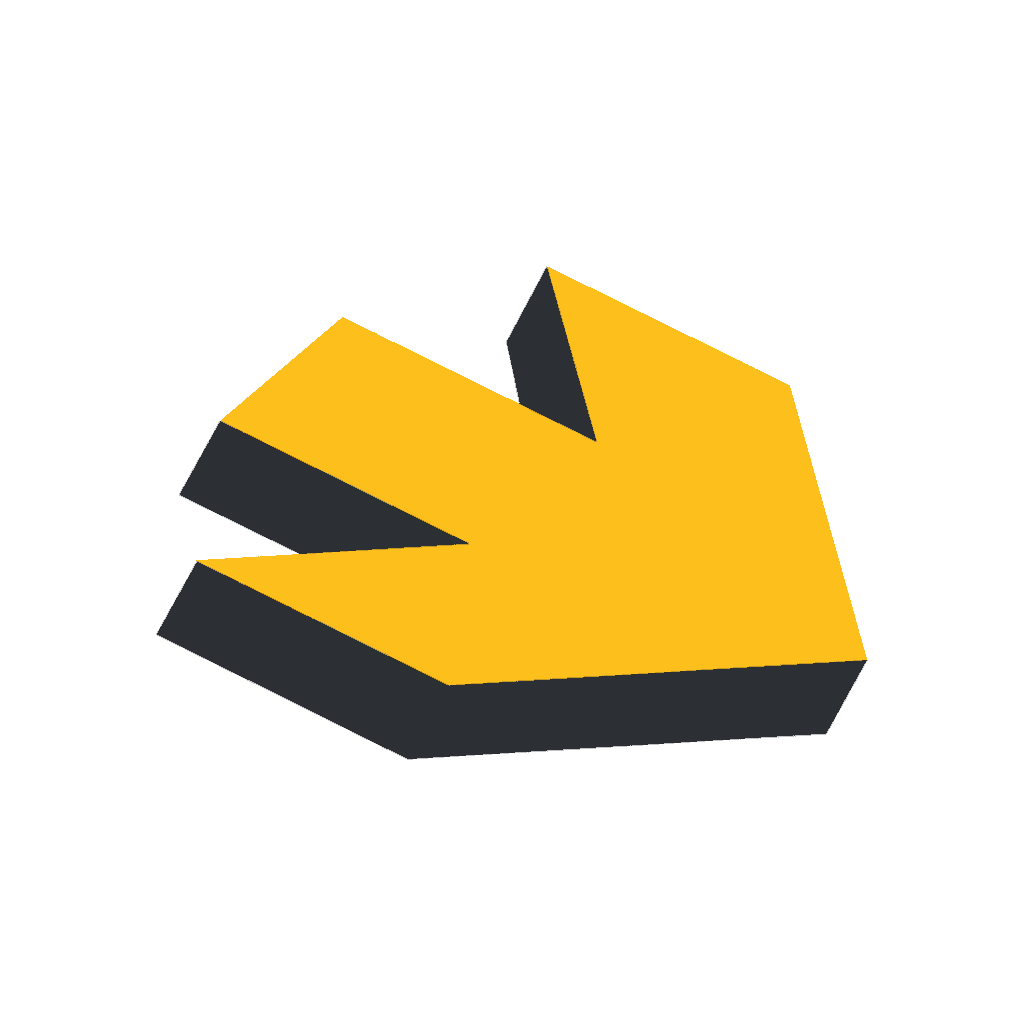
Top comment
Paras and mintbase are my favorite marketplaces so far. I love the low fees.
NameSky is a good app for buy and sell account. I hope I can sell some of accounts in Namesky 🙂
All NFT have on Pras yet?
Tbh, I never expected NEARnauts to go silent after having such a strong community.
Cool info
Very insightful and nicely covered!👏
Interesting state and good project
Where we can buy Paras with good price?
where can buy Paras?
This was very informative and gave good info on marketplaces to buy NFT's/accounts. The article goes deep into the NFT world on NEAR and uses terms any beginner can follow.
Interesting state and good project